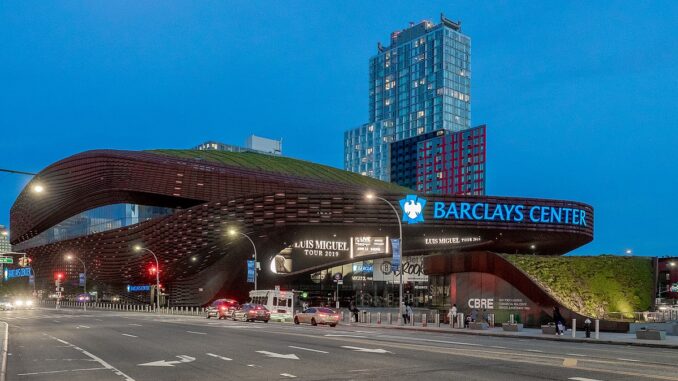
On Feb 11, Gov. Cuomo announced professional sports could begin to allow fans back into their stadiums.
This announcement is coming after the success of the Buffalo Bills Pilot Program when 6,700 fans were allowed to attend the Bill’s second home playoff game. All fans presented a negative COVID test before entering the stadium and cooperated with NYS contact tracers.
“The truth is, we cannot stay closed until everyone is vaccinated. The economic, psychological, emotional cost would be incredible,” Cuomo said.
Major stadiums and arenas with capacities of 10,000 or more will now be allowed to follow similar guidelines and begin the reopening process Feb 23.
Specific guidelines include approval from the department of health approval for venues and events, a 10% capacity limit in arenas and stadiums, staff and spectators producing a negative PCR COVID test within 72 hours of the event, socially distant seating, face coverings and temperature checks. In addition spectators must be willing to comply with contact tracers.
Barclays Center in Brooklyn has already been approved to reopen for a Brooklyn Nets home game versus the Sacramento Kings on Tuesday, Feb 23. The arena has a capacity of about 17,700 seats, so about 1,700 fans will be allowed in.
Currently New York’s COVID infection rate is on a decline after reaching a high point in January, but don’t let that fool you. The infection rate is about where NYS was mid April 2020, with a seven-day average of new cases in the 7,000s.
These numbers are similar to Florida’s current infection rate, who just hosted about 25,000 people for the Super Bowl in Tampa. While Florida and Tampa are currently on a decline in cases as well, it’s likely too early to measure the repercussions of the Super Bowl.
If there is a spike in Florida’s numbers due to the Super Bowl or any other gathering, it does not necessarily mean places like the Barclays Center will cause an outbreak as well.
The key difference between New York and other states, like Florida, is the mandatory testing requirement prior to the event.
For example, 7,500 fans at the Super Bowl were vaccinated healthcare workers that were invited for free. The other 14,500 spectators only had to follow a ‘Fan Health Promise.’ The promise included not coming to the Super Bowl if they had tested positive for COVID or came in close contact with it or were experiencing any COVID symptoms. It was up to the ticket holders to hold themselves accountable to the promises as no check-ins through the state went on.
That kind of procedure won’t work in New York State. If a ticket holder tests positive for COVID-19, they won’t be allowed in and there won’t be any hiding it.
Although there will always be the possibility of a false negative, you can’t spread COVID if you don’t have COVID. It’s as Gov. Cuomo said:
“If you’re negative you are negative, so the testing is the key.”
It seems reasonable to assume most New Yorkers will be negative prior to going to these events, but if a false negative was produced, the other precautions are there to prevent a huge breakout in cases.
New York has continued to be diligent in stopping the spread of COVID-19; it’s time to prove it during the reopening of these venues.

